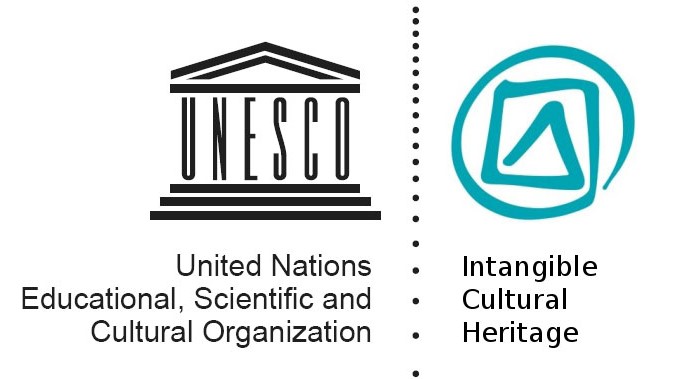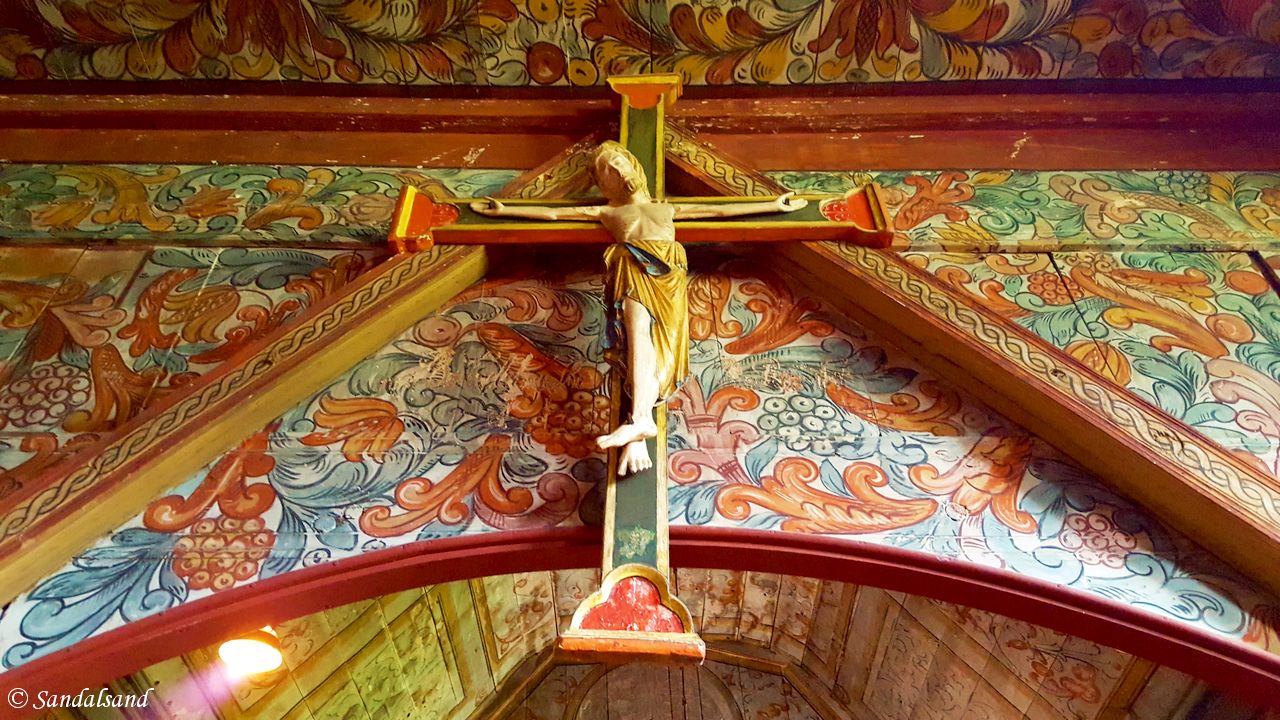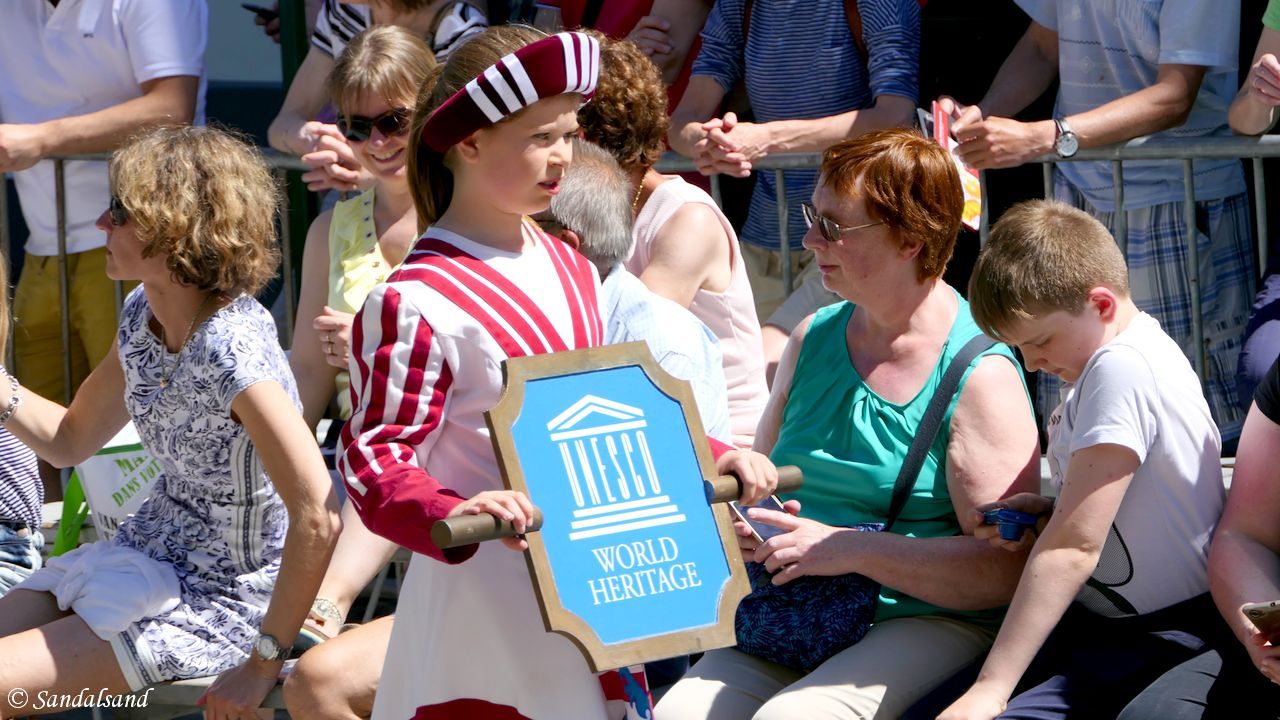It’s like a mystery: What part of our cultural heritage is characterised by the representations, the expressions, the knowledge and the skills that society has developed through generations? Answer, the intangible cultural heritage. I will explore this on two levels, the international and the national using Norway as a case.
International level
Different conventions and programs
Internationally we have several conventions and programs which regulate the heritage of nature and the culture of human beings. The World Heritage Convention (1972) regulate monuments, as well as cultural and natural sites. The Memory of the World program (1992) regulate documents in a wide definition (papers, movies, photographs, etc.). Nationally, we have legislation and public institutions which protect tangible evidence of our history, in short, our concrete manifestations of cultural memories, the ones we can see and touch.
On the other hand, we can not regulate free thought, we can not formally vote to preserve local customs and languages and expect that preservation will happen as a cause of it. We can not assume that the knowledge of building a type of traditional vessel will survive the next two generations. We must nurture this knowledge, stimulate its survival and engage society at large to care. That is what the protection of the intangible cultural heritage is facing – an almost impossible task. Almost.

A convention for the intangible cultural heritage
UNESCO states that for many peoples the intangible heritage is a source of identity with anchoring in history. People transmit philosophy, values and ways of thinking through oral traditions, through languages and other forms of non-material communication, and form the foundation of society. This UN organisation prepared and adopted a Convention for the Safeguarding of the Intangible Cultural Heritage in 2003.

A definition
Read more about the topic on UNESCO’s page. Here is the convention’s definition:
“The “intangible cultural heritage” means the practices, representations, expressions, knowledge, skills – as well as the instruments, objects, artefacts and cultural spaces associated therewith – that communities, groups and, in some cases, individuals recognize as part of their cultural heritage. This intangible cultural heritage, transmitted from generation to generation, is constantly recreated by communities and groups in response to their environment, their interaction with nature and their history, and provides them with a sense of identity and continuity, thus promoting respect for cultural diversity and human creativity.
For the purposes of this Convention, consideration will be given solely to such intangible cultural heritage as is compatible with existing international human rights instruments, as well as with the requirements of mutual respect among communities, groups and individuals, and of sustainable development.”
As with the World heritage sites, there is an official international list here. By the beginning of 2018 it contains 470 entries. Some of the latest cultural elements include production of clay figures in Portugal, coaxing rituals for camels in Mongolia, besides male duet singing in Macedonia.
National level, the case of Norway
Norway has one entry on the list of the world’s intangible cultural heritage: the knowledge of how to build the Oselvar boat.
2021 Update: There are now four entries on the list. Read up on them on Sandalsand’s article in Norwegian.
In Norway, the Arts Council Norway has a responsibility to implement UNESCO’s Convention for the Safeguarding of the Intangible Cultural Heritage. The council shall implement measures and carry out development work. Their aim is to give priority to the intangible cultural heritage of indigenous people and minorities. Furthermore, it has been high on the agenda to establish a database. In 2017, the Council launched its own website on the subject (in Norwegian, use Google Translate).
UNESCO attaches great importance to what NGOs do, and stimulates the use of their expertise in this work. An accreditation scheme is established in which some organisations are identified. In Norway, five organisations are accredited:
- Norwegian Center for Folk Music and Folk Dance
- Norwegian Crafts Institute
- The Norwegian Folk Art and Craft Association
- The Norwegian Coastal Federation
- Norwegian Ethnological Examination at the Norwegian Folk Museum
There has been no shortage of proposals for topics that can be forwarded to UNESCO, but obviously without the necessary quality. The Arts Council has started courses in how to write applications.
Tangible and intangible assets
Tangible cultural memories are not always separable from the intangible. The latter will be able to add important elements in our understanding of the material or tangible. For example, the buildings in the old wharf of Bergen, Bryggen, is a tangible cultural heritage on the World Heritage List dating back to the 14th century. This very tight area played an important part in the Norwegian fishing industry, and held a virtual monopoly on exports. It was under the control of the Hanseatic League. On the other hand, the knowledge about how fisheries and commercial activities related to it, is something else. They are important elements in understanding the importance of the buildings on Bryggen.

Two more examples
Another example is from Lokalhistoriewiki (my translation from Norwegian):
“The Røldal Crucifix is a material cultural heritage, which we can define as an 85 cm long crucifix cut in wood in the 13th century. To this end, an intangible cultural memory is linked. A story of how they miraculously found the crucifix and how it became the subject of pilgrimage activity for a long time. All delivered traditions, and which are still living traditions, changes the crucifixion from a rare cultural heritage into becoming something that is almost unique in a Norwegian context. We find similar relationships between the tangible and the intangible in many other fields. A physical instrument and the music written for it, an old building and the story of those who lived there and so on.”
3000 years ago, people built a longhouse at Landa in Ryfylke (text in Norwegian). In the 1990s, experts reconstructed the house as they believed it would have been. They also used reconstructed tools and construction methods. In this way, one tried to restore a knowledge that had been extinct for millennia. The workers acquired knowledge once more and this time they documented it.
Final words
Similar activities take place across the whole country under the auspices of museums, organisations and individuals. As a result of Norway’s acceptance of the UNESCO Convention, this has also started to systematise. Our intangible cultural heritage is being lifted to the same level as the tangible. Local and regional authorities are beginning to implement this line of thought, and the convention, in their own plans.
(The picture illustrating this article is from the Procession of the Holy Blood in Bruges, Belgium. This medieval tradition is also on this particular UNESCO list.)


